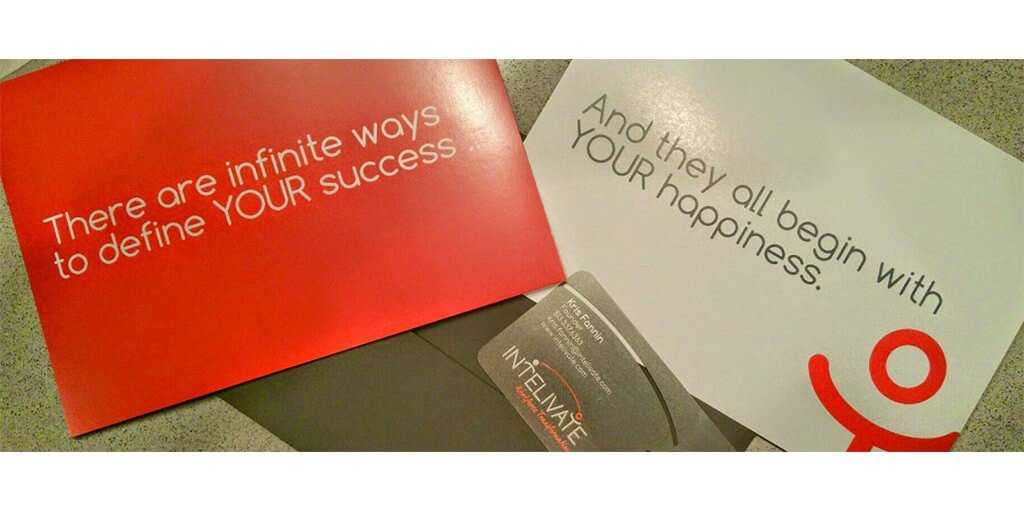You’ve found the perfect keywords. What resume format should you use? Here is how to organize and build your seven resume sections.
Your resume goal is to make them wanting more and win the job interview.
Focus on the relevance of the content to both your target industry and prospective employer (more on the latter in a bit). Do not focus on formatting at this point. Just get the right content and structure it with the strategies below for building your resume sections.
Your resume format will tell a story in a concise and deliberate way. What you put on a resume is determined by the content that will tell a unique story to get you that interview. Most of this content was built when you were researching and starting your resume.
Here are some powerful strategies for your resume format and content. For most, you should target AT MOST seven resume sections.
Depending on the industry and job, some of these sections are combined.

What are the Sections of a Resume?
- Resume Summary
- Expertise and Skills for a Resume
- Experience and Work History
- Education, Certifications & Licenses (combine these unless there is a compelling reason to separate them in very specialized industries such as law and medicine).
- Work Authorization / Security Clearance (if applicable)
- Resume References and Recommendations
- Resume Cover Letter
Need some inspiration to get you started? Take a look at this simple resume that landed a person his dream job.
Resume Sections to Exclude
Before we dive into the strategic seven resume sections, here are the sections that you should consider excluding from your resume format.
1. Dump the ‘Additional Experience’ in Your Resume Format
Many people will put “Additional Experience” and list charity, volunteer or other work. That is essentially telling a hiring manager,
I don’t know where to put this stuff, it might not be relevant, so I’ll just stick it here.
Don’t do it. If it doesn’t warrant going in the “Experience” section, then it’s not worth putting on your resume.
2. Don’t Do the Resume Objective Summary
“Hi, I’m Kris Fannin and I want to find a satisfying job that will allow me the opportunity to…”
Nobody cares at this point in the hiring process. Seriously. They are concerned only with what value you can bring to the table to meet their needs.
Yes, it seems selfish, but it is the reality.
3. Think Twice About “Awards and Recognition” Section
In most cases, your resume format should not have its section. You should look to link and connect your accomplishments with each role, organization. List your awards and recognition and then distribute them throughout all your seven resume sections.
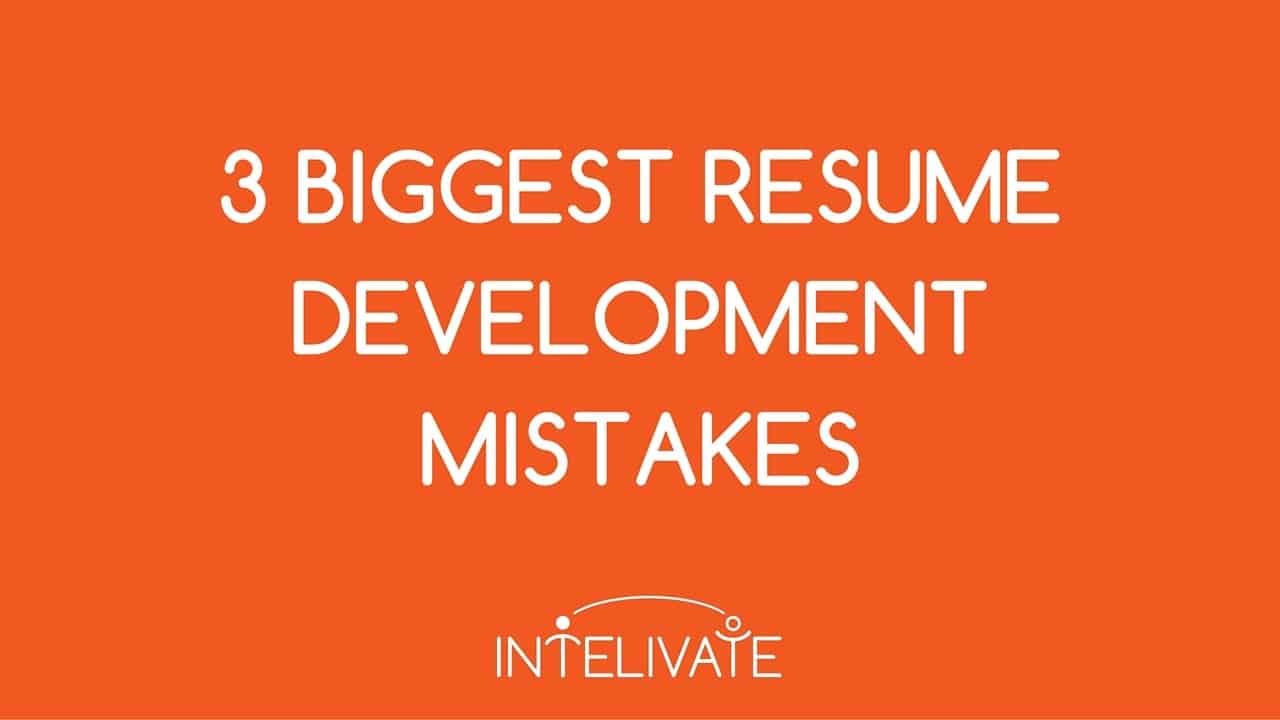
Here are the seven resume sections you need for success.
1. Summary Resume Section
Keep in mind that most hiring managers don’t read the entire resume. They skim a resume. Your resume format determines how quickly they scan your resume. Let’s make it powerful.
Think of the summary section as an “Executive Summary” for reports you might do for leadership. The goal is to rope the hiring manager to want to continue reading. The most hopeful resume only gets about a 45-60 second look at best.
KEEP THEM WANTING MORE!
Below are key components to include to develop an effective and compelling Summary section.
Content – powerful 50 words or less
Keep it short but sweet. Power punch them. Work it and sell it. “It” being yourself.
Highlight high-impact, role and cultural components that quickly tell the hiring manager how the organization will benefit from you as opposed to what you want from the position.
Who you are
Include the content you developed for Industry, Position, and Seniority targets in this section. Use the keywords you prepared for these targeted segments.
Ideally, there should be one or more words that match the title of the job for which you are applying.
Why they need you
Using 2-3 key skills and traits that quickly tell the hiring manager what you are going to be bringing to the table without any training or development to get you started. Keep focused on the resume keywords you have developed around skills.
This is a perfect opportunity to describe a cultural match for your ‘dream’ organization. The more you can quickly demonstrate skill and cultural fits, the more likely a hiring manager is to keep engaged with your resume.
What you have accomplished
Your accomplishments ‘rope’ for the hiring manager to continue reading. Pick some of your most relevant accomplishments and impacts that you have defined and use the most relevant keywords from your research.
Between the ‘who,’ ‘why,’ and ‘what’ components, you should hit on the main areas of people, process, and technology that you defined earlier.
Once you have all of this content aligned, you have got a resume format summary that a hiring manager will fall in love with and will make your job competition despise you.
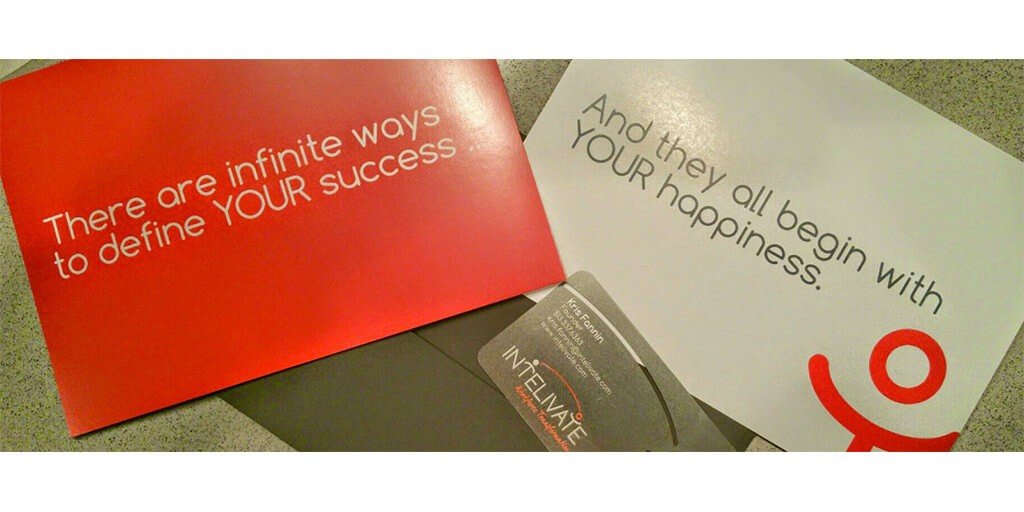
2. Expertise and Skills Resume Section
The expertise and skills content is very different from an ‘experience’ section that is standard. The section highlights your specific areas of competence. The content should come directly from your resume analysis and keyword research.
The goal is to summarize the most critical areas of expertise that you bring to a position. As one of the most important resume sections, the content is crucial to both machine and human ‘scanners’ that are looking for keywords of relevance.
Keep it simple, strategic and remember to hit the vital areas of people, process, and technology. As you recall, you defined these areas when you learned how to start a resume.
An example of a typical technical or business analyst role might look like this:
Expertise & Skills Resume Section Example:
- User Acceptance Testing
- Volume Testing
- Requirements Development and Analysis
- Client Relationship Management
- Project Management
- Business Process Integration
- Team Leadership
- Product Development
- Project Budgets and Analysis
This example gives you an idea of ‘quick hits’ of expertise scanned for relevance by both resume bots and hiring managers who deal with volumes of resumes. For more senior experience and executives, I recommend using a resume format organizing by people, process, and technology.
If particularly pertinent to the role or industry (CFO, financial analyst), you may also want to include an additional section for “finance.”
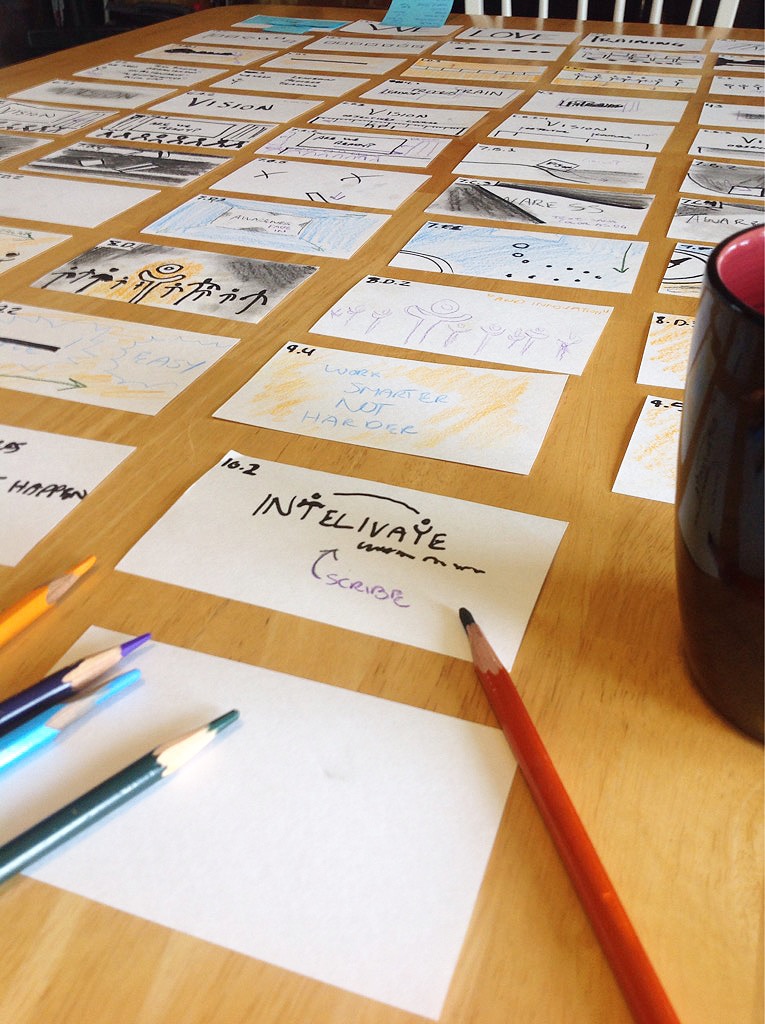
3. Experience and Work History Resume Section
The Experience and Work History Section is the more traditional ‘list your companies and roles.’ The majority of resumes are very task-focused. They are rather dull.
I can read a resume and already have a good idea of what the job description was for the role. I do not need a candidate to outline their daily duties. It is duplication and a waste of your precious resume space. Adding your task does nothing to make you stand out from the competition.
The experience section is a more detailed and expanded version of the summary and expertise resume sections that provide detail on your impacts by attaching these to specific roles.
You can have all the experience and know-how in the world, but if it has not resulted in significant impacts of application, then nobody is going to care.
Goals of Experience and Work History Resume Sections
-
- Direct, business impact through your expertise for each role
-
- Progressive skills and knowledge development
- Progressive experience in increased and broader responsibility
This section should tell a story of advanced knowledge and results throughout your career or experience.
I want you to shine and immediately stand out.
Shhhhhhh. I’m going to give you a simple, yet very powerful formula to use in developing your this section’s resume content.
Use an Action-result formula for Your Resume Content
Based on the content you have already developed, use an action-result formula as opposed to listing job responsibilities.
For each role, pick your most impacting 3-5 accomplishments that you identified earlier and attach them sequentially with the organization and functions you list. These 3-5 achievement points should also reinforce and demonstrate progressive levels of responsibility.
As opposed to just telling the hiring manager ‘what’ you did on your resume, you are also going to tell ‘how’ the ‘what’ benefited the business. Immediately describe the result after the action. Make sure that you use actionable and measurable descriptions.

Developed training for a new sales platform
state that you,
Led the development and execution of a new sales platform that resulted in 30% reduction of ROI time of the technology.
Be accurate, honest and prepared to show evidence of your results if asked. That is why the resume verification and recommendations become so imperative to build your case.

Keyword focus
Based on the resume keywords that you developed before, content from your legacy definition, summary and expertise resume sections show role impact. Ideally, you should show direct, measurable knowledge as well as indirect ‘cultural’ influences from your past roles.
Cultural fit is vital for a hiring manager to ensure that you not only will help build their culture but also as a gauge that you will be happy with the environment and more willing to stay and grow tenure. I recently wrote about the importance of assessing organizational culture as a job applicant. Use these same areas to research and build your case for a nice cultural fit.
Universal keywords for this section include (and variations of each of these):
- Lead
- Execute
- Accomplish
- Influence
- Result
- Saving
- Revenue
- Increase
- Profit
- Technology
These terms get noticed regardless of role and industry.
Highlight collaboration experience
If at all possible, put a spin on your resume format and highlight action results for partnerships and collaboration. Include both internal (colleagues, leadership, board and committee activities) and external (clients, vendors, department teams) collaboration.
Increasingly, effective collaboration is vital to organizational culture. Include a statement or two about how your ‘partnerships’ with peers or other parts of the organization have moved real business and team performance.
4. Education, Certifications & Licenses Resume Section
Combine this content unless there is a compelling reason to separate them in very specialized license focused industries such as law and medicine.
As with all other resume format sections, avoid just listing. Highlight relevant scores and accomplishments. Keep this as brief as possible unless it is a part emphasized in the original job description.
Be honest as there is a very high probability that everything you list is verified during the final screening process.
5. Work Authorization & Security Clearance Resume Section
This resume content is applicable in more specialized roles and cases.
Include security clearance if you have it. You never know what other positions the hiring manager is working to fill. This could open up an entire portfolio of jobs for you, even in industries such as consulting.
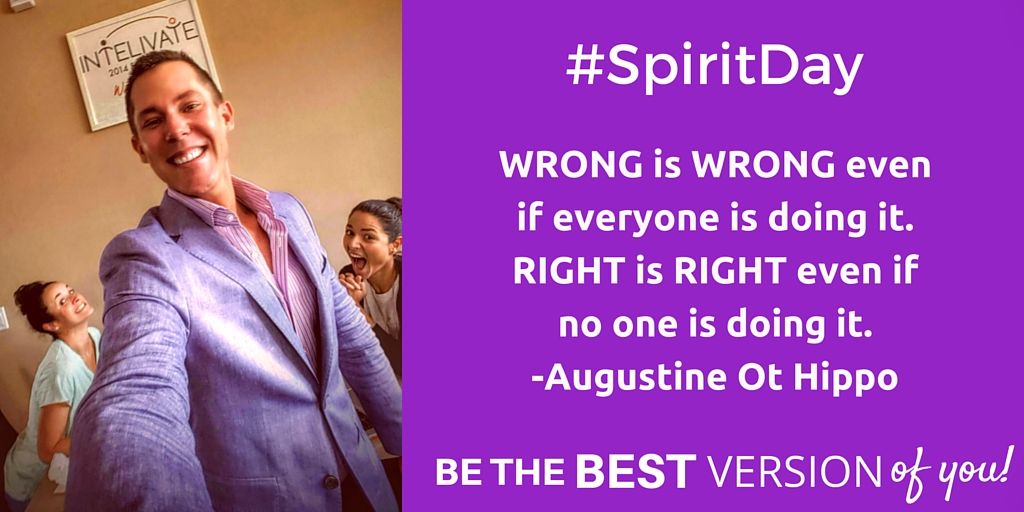
6. Resume References & Recommendations Section
We consolidated everything you need to know about how to use and list resume references – including headlining and linking in a separate section.
7. Cover Letter Resume Format Template
I cannot emphasize the value of the cover letter enough. So many people either don’t do it or do it wrong.
How do you build the perfect content for the perfect cover letter?
You already have it from all the development that you have been doing. It is just about restructuring some of it and adding your personality to it. The latter is important to grab attention and keep the engagement.
A. How to Start a Cover Letter
If you have ever submitted a cover letter that began with:
“To Whom It May Concern,”
I am so incredibly sorry! I am kind of embarrassed for you right now. Kidding! Not really.
In almost all cases, the hiring manager is either listed in the job description or can find out the name of the hiring manager.
If you cannot locate the name, then search for the head of HR/recruiting (be sure to search unique to the geographical location if applicable) and address your letter to that person and ‘team.’ More times than not, though, you will be able to find the particular hiring manager.
B. Express the value you bring to the business.
Blow out some of your Summary Section resume content and use it here. Remember, focus on the value you will add to them, not what you want or think you will get out of it.
They do not care at this point.
C. Demonstrate proven business impacts.
Use some of your key accomplishments/results content and highlight here. Redirect and make it about the role for which you are applying.
D. Show cultural alignment to the organization.
Do your homework. A workplace culture fit is crucial to hiring managers. Demonstrate that you have done the leg-work to learn about their culture and how you will not only fit into it but enhance it.
E. Cover letter example from Intelivate
We have some rather ‘creative’ job postings and often they are rather unconventional. That is strategic, as they fit our culture and personality, and we want the right people applying. One of those job postings was as a systems engineer.
The posting is embedded below:
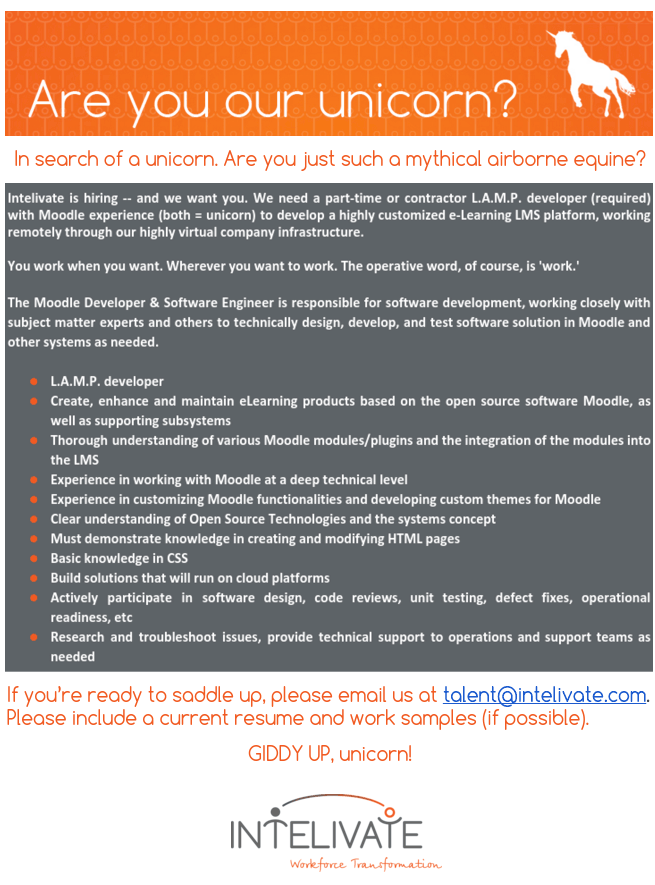
Here is the response received from Joseph Conradt and my response to his submission is directly below it:
From: Joseph Conradt
Date: Sun, Feb 15, 2015 at 4:14 PM
Subject: [Talent] Unicorn for Hire
To: talent@intelivate.com
Hello, Kris –
Are you still looking for a brilliant LAMP stack developer with Moodle expertise? I am confident I can meet those needs. I will spare you the fluff and cut to the chase.
A unicorn, as defined by Urban Dictionary is “a magical horse with a horn in the middle of its forehead that missed the Noah’s Ark boarding!“
As you can imagine, my greatest weakness is being a perfectionist.
Why should I hire you?
My specialty is Moodle development and consulting. I have developed many plugins that range from user reports and themes to custom authentication. I started my company: CourseBit LLC.
I lead a small team of 3 as we provide end-to-end Moodle solutions for clients as big as Ogilvy and Mather.
I have experience in software development, design, project management, gamification, and E-Learning. As a bonus, I also have experience with server management which is essential for maintaining Moodle websites.
I am not sure I want to hire an agency.
I will be completing most of the work, and any delegated work will be internal. I will be your point of contact and unicorn.
Where are you located?
One hour north of Milwaukee, WI.
How will you work to be successful, and not in fear of being unsuccessful?
The passion for my work and my willingness to take necessary risks.
Can I see your resume and work examples?
Please view my resume here.
Recent client projects:
-
- thesacschools.com
-
- Location-based reports
- Reveal Theme
I have additional questions…
Please feel free to ask away. I am always up for a conversation. If you would like to schedule a phone meeting, please let me know a good time and date. Afternoons work better for me (Central time). Regards – Joseph Conradt Founder | CourseBit | www.coursebit.net
——————————————————————————
From: Kris Fannin
Date: Sun, Feb 15, 2015 at 5:13 PM
Subject: Fwd: [Talent] Unicorn for Hire
To: Ebony Clark
This. Brilliant. Must talk to him.
This e-mail and any attachments may contain information which is confidential, privileged, proprietary or otherwise protected by law. The information is solely intended for the named addressee (or a person responsible for delivering it to the addressee).
What Joe was able to do effectively is everything on the list above. Also, within a single page. Needless to say, Joe and CourseBit have been brilliant partners to us ever since. It started with his cover letter.
Congratulations!
You have learned the perfect resume format and how to strategically structure it in seven sections.
If you have gotten this far, you have done much of the work to build strategic resume sections. Now it is time to learn how to make your resume stand out visually with design and customization.
Wow – that rhymed. I am now a poet. Sort of.
Resume Development Guide Sections
Part 1: How to Start Your Resume
Part 2: Finding the Perfect Resume Keywords
Part 3: Resume Verification and How to List References on a Resume
Kris Fannin
Kris Fannin is a passionate change agent in workforce transformation. For more than 25 years, he's had the privilege of partnering with dozens of client organizations and leading hundreds of teams to become powerful influencers.
"Your legacy will be defined by the passion and impact of the people you influence. What do you want your legacy to be?"
